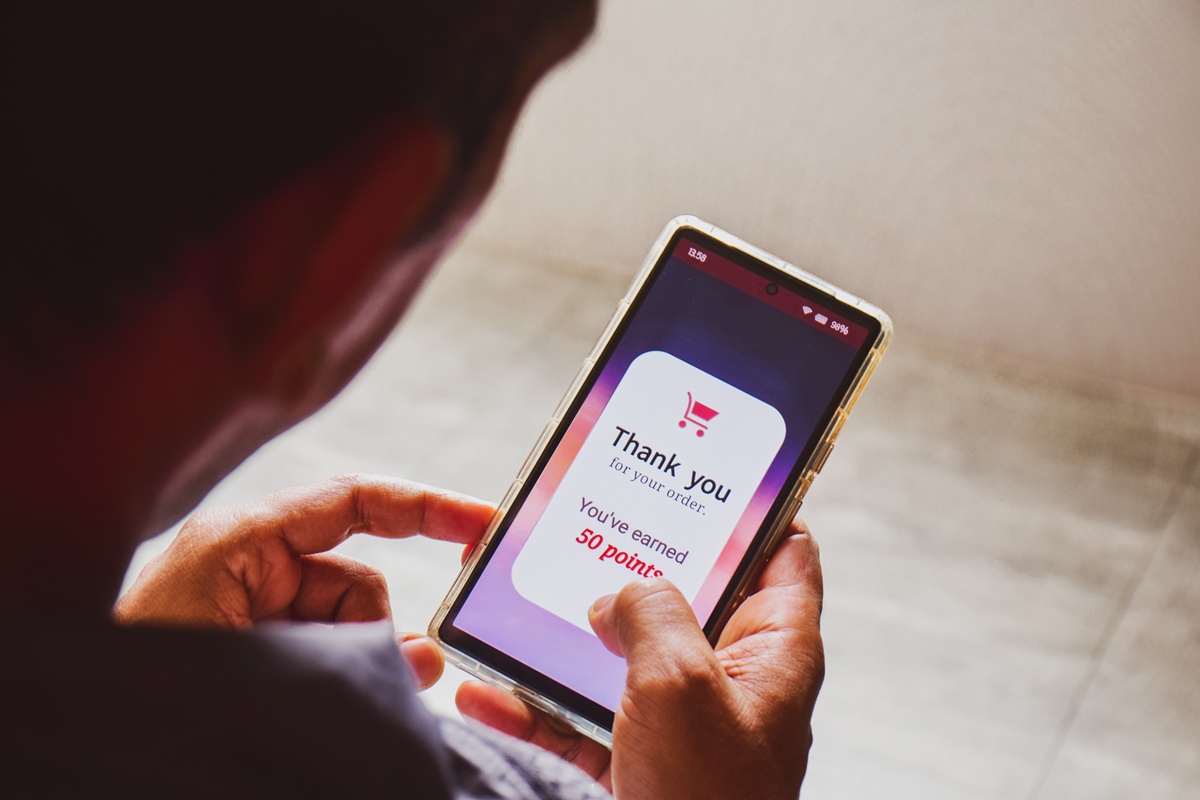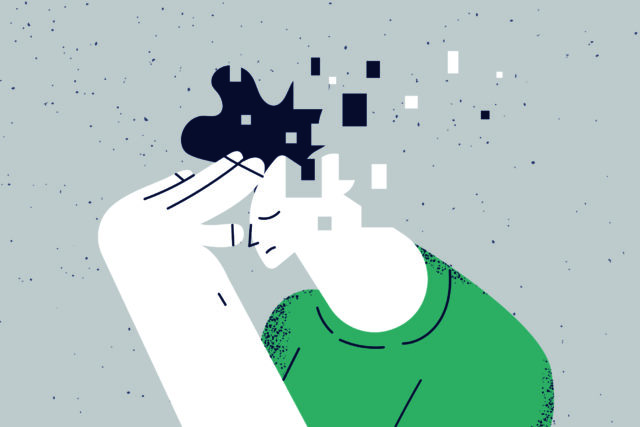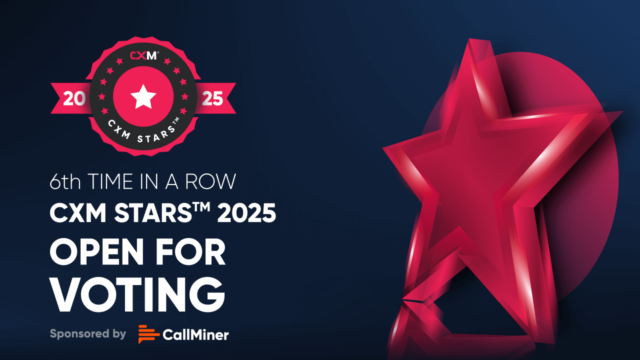July 18, 2025
Is Your Loyalty Program Built for Today’s Consumer?

Loyalty isn’t what it used to be, and consumers are making that clear. According to new research from Kobie, brands are facing a pivotal moment. As economic pressures rise, cultural divides deepen, and new technologies reshape expectations, shoppers across the U.S., Canada, and the U.K. are redefining what it means to be loyal.
In this year’s Heart of Loyalty Consumer Research Report, insights from 5,000 consumers reveal a landscape where traditional loyalty models are no longer enough.
Today’s consumers are more intentional, more informed, and more demanding. They’re carefully evaluating value, especially in an economy where they weigh each purchase more seriously. “Consumers are sophisticated evaluators of value,” the report states. “In an uncertain economic climate, every purchase decision carries more weight.” That sentiment is reshaping how loyalty programs must operate.
“Consumers are sophisticated evaluators of value, especially in an uncertain economic climate where every purchase decision carries more weight,” said J.R. Slubowski, Associate VP, Strategic Consulting at Kobie and lead of the Heart of Loyalty Consumer Research Report. “Rising costs and economic pressures have made consumers more discerning than ever, which actually makes loyalty programs more critical. When brands can demonstrate genuine value and build trust through transparency, they provide the stability and savings that consumers desperately need.”
Here’s what consumers want in exchange for their loyalty:
1. Immediate and Transparent Value
When shoppers can see exactly how much they’ve saved, it builds trust and solidifies the relationship. As many as 67% of consumers say that transparent savings turn loyalty programs from vague benefit schemes into tangible value generators. Clear reward visibility transforms participation into satisfaction.
2. More Control and Flexibility
Consumers no longer want rigid, one-size-fits-all loyalty programs. 61% of respondents said they want the ability to gift loyalty points, and over half want to redeem rewards with brands outside the original program. This reflects a growing expectation for freedom in how, when, and where they engage with loyalty benefits.
3. Quality Over Quantity in Rewards
Flashy gimmicks and token freebies don’t cut it anymore. A staggering 85% of consumers said they want better discounts and more meaningful financial returns. They’re tired of small perks that don’t add up—today’s loyalty members want real purchasing power in return for their engagement.
4. The Power of Surprise
Loyalty doesn’t always have to be predictable, as 82% of consumers said they enjoy surprise earning opportunities, indicating that unexpected rewards create stronger emotional connections. Brands that deliver occasional surprises can foster more lasting and memorable loyalty.
5. A Clear, Fair Exchange for Personal Data
Consumers are open to sharing data, but on their terms. Also, 86% say they need a very clear reason for any data request, and incentives matter: while 82% are willing to share information without a reward, that number jumps to 94% when value is provided in return. Transparency plus a little incentive goes a long way.
As loyalty becomes more elusive, brands need to shift from transactional reward models to emotional, value-driven experiences.




